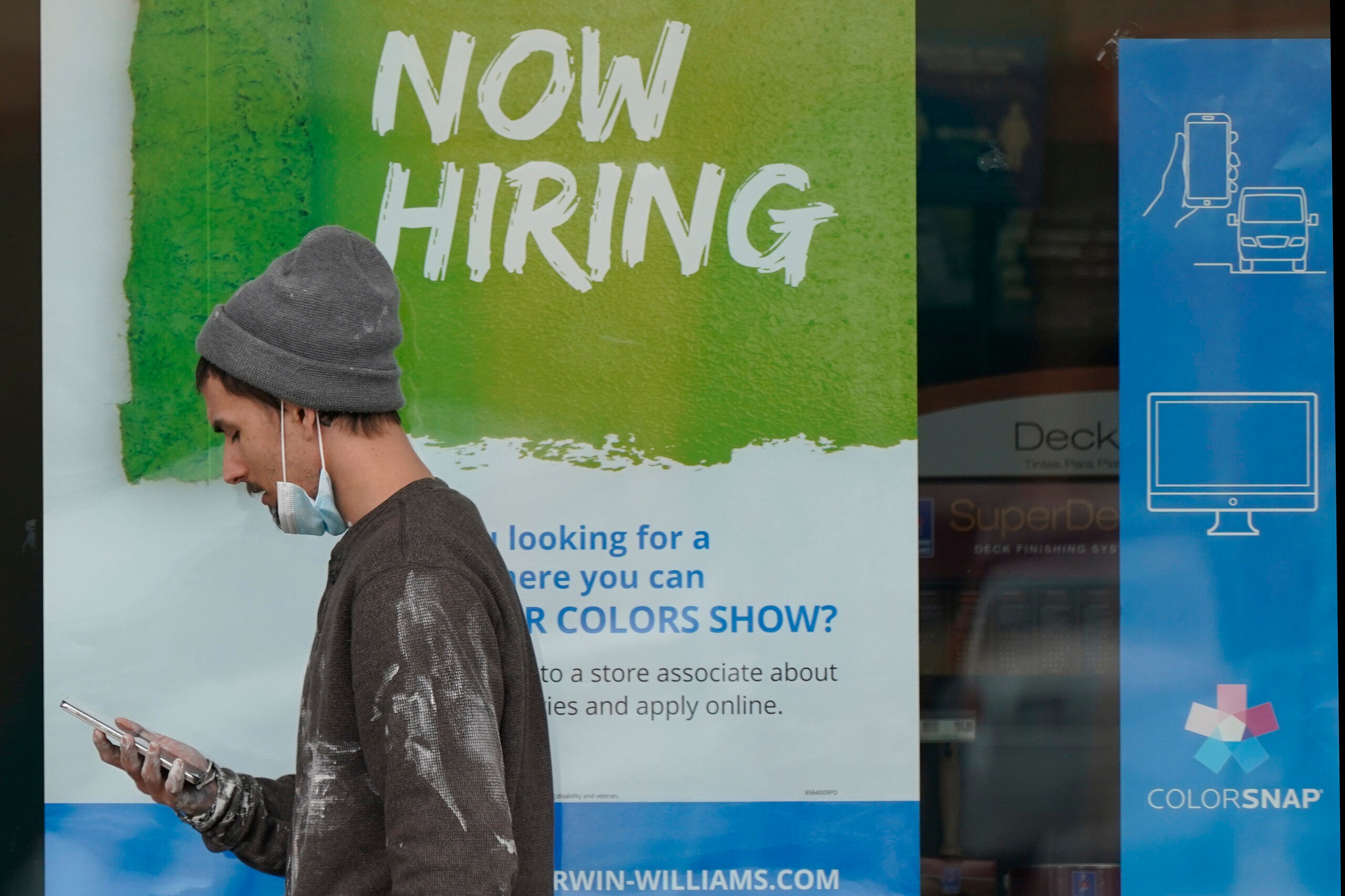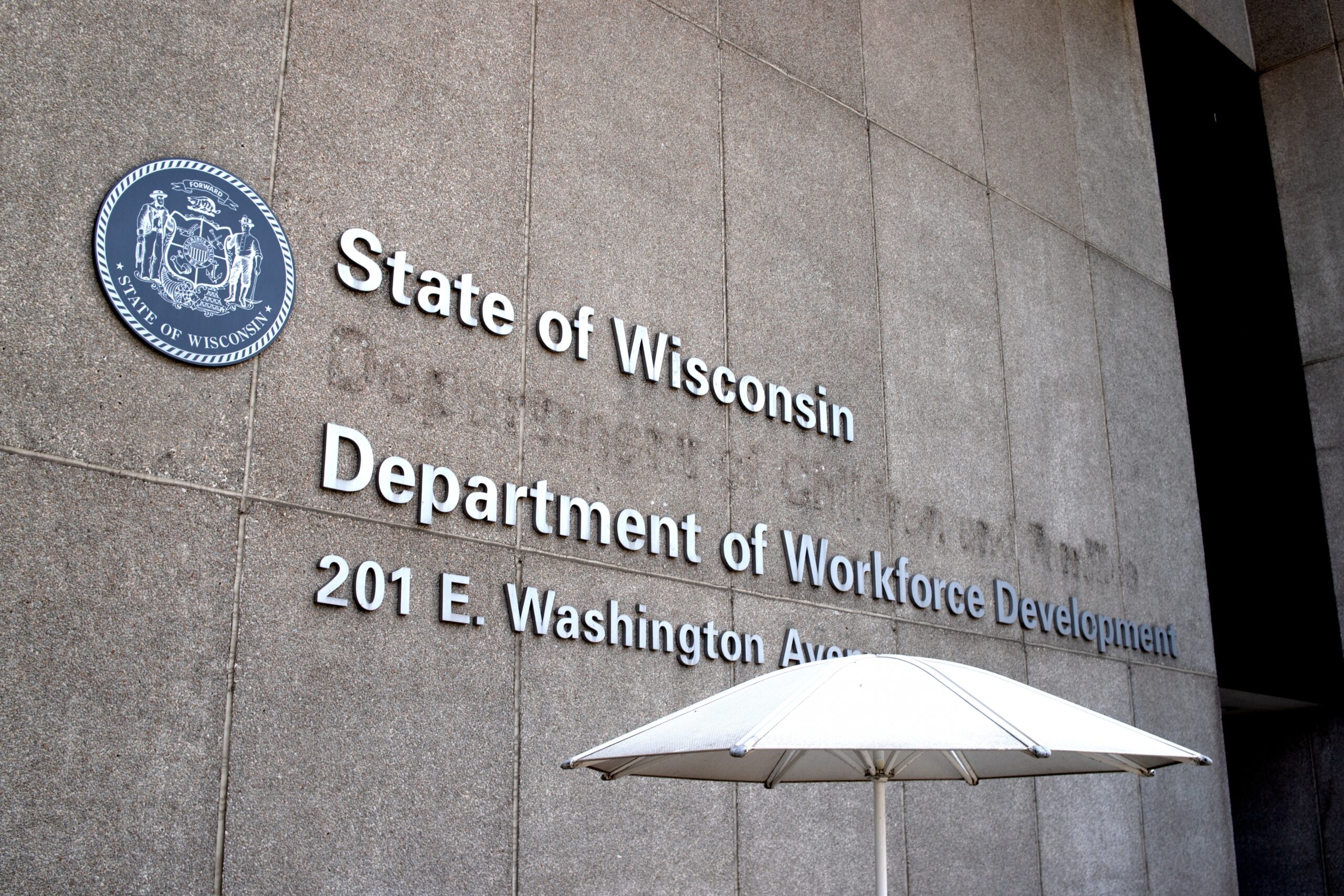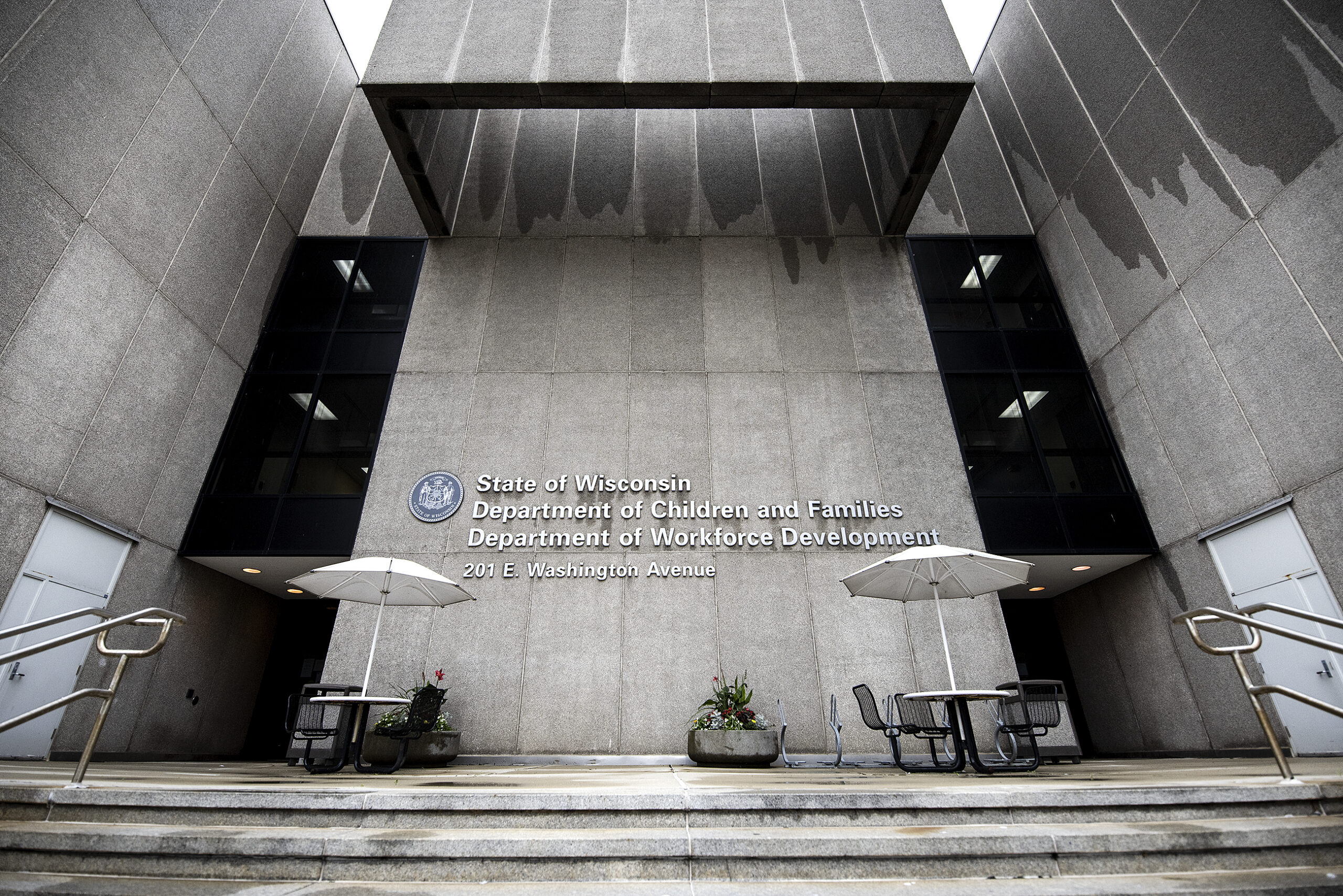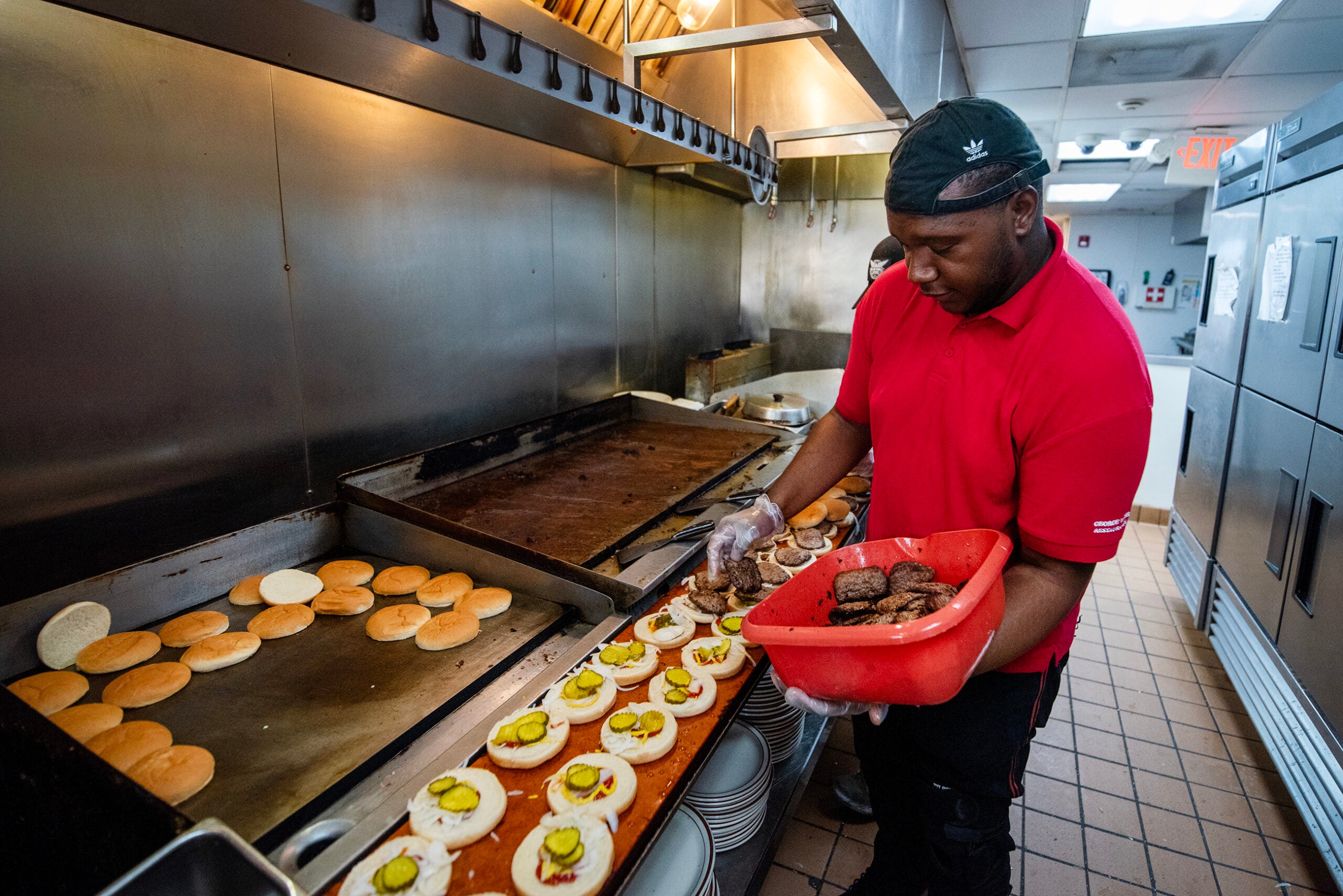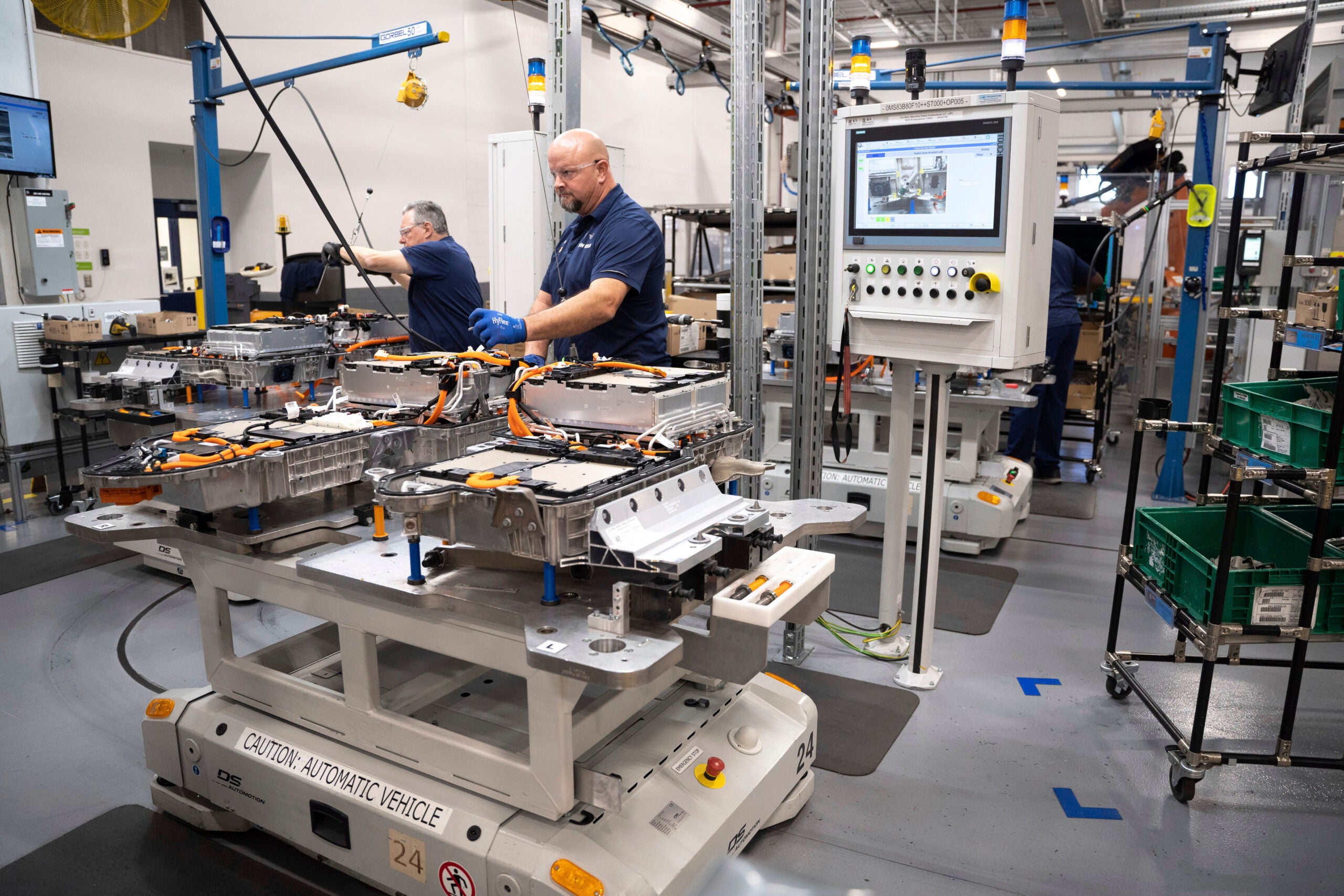It seems there are not many places in Wisconsin that aren’t hiring. “Help wanted” signs have proliferated like dandelions, businesses are raising wages and offering signing bonuses, but there are still places that have been forced to restrict their services due to a lack of workers.
“We are doing everything we can to try to get people to apply,” said Megan Folk, marketing director for The Waters of Minocqua, a vacation spot entering its busiest time of year. “We are in need. I think everyone is.”
In this environment, a $300-per-week addition in unemployment payments, passed as part of federal COVID-19 relief in 2020, has become a political lightning rod. But advocates and economists say Wisconsin’s workforce woes predate that benefit — and will likely continue to be a problem after it expires in September.
News with a little more humanity
WPR’s “Wisconsin Today” newsletter keeps you connected to the state you love without feeling overwhelmed. No paywall. No agenda. No corporate filter.
Earlier this month, the state Legislature voted to discontinue the supplemental benefits. The weekly $300 benefits, down from $600 earlier in the pandemic, were set to expire in September and could now end sooner. Gov. Tony Evers, a Democrat, has said he does not favor ending the payments and could veto the legislation.
“The $300-per-week supplemental is a problem through Labor Day,” said Kurt Bauer, CEO of Wisconsin Manufacturers and Commerce, the state business lobbyist that has called on the governor to end the additional payments. “But even after this expires, we’ll still have a problem that will hold back our economy.”
For employers, the large-scale problem is that Wisconsin’s population is aging, and it isn’t experiencing enough population growth to make up for it, especially in rural areas. That’s a challenge for manufacturers, which have no alternative to drawing their labor force from where they are located.
A tight labor market is not new to Wisconsin. Bauer said Wisconsin “had a workforce crisis before. Now we’re in a workforce emergency.”
In 2019, before the pandemic, many businesses were saying hiring was their biggest challenge. And in some respects, experts say, today’s economy is similar to the pre-pandemic job market.
But there are other ways the pandemic has begun to reshape the economy, said Jeffrey Sachse, an economist with the University of Wisconsin-Oshkosh and the director of the Center for Customized Research and Services. For some in the restaurant industry in particular, Sachse said, the pandemic opened their eyes to the volatility that can come when your job depends on tips. He gave the example of a bartender working a closing shift for $7.25 per hour plus tips.
“If their clientele isn’t coming out as much because their patterns have changed (in the pandemic), why wouldn’t I just go over to Kwik Trip and make $11 per hour to start, with the same shift?”
Some workers who were laid off during the pandemic made decisions to make other career changes, seeking new job training or going back to school. Those decisions may eventually pay off in the form of higher wages or steadier employment for those workers, but as of this summer, they may be one reason some people haven’t returned to the workforce.
Another factor, Sachse said, is a dearth of child care options for many parents in Wisconsin. There are some people who may or may not be receiving unemployment benefits, who don’t plan to re-enter the workforce until September.
“You’re doing the math and you’re thinking, can I wait out this summer?” Sachse said. “Because when my kids are back in school, then I won’t have to pay for child care.”
There is also a long-term issue of the mismatch between available jobs and workers’ skills. As of last month, a state Department of Workforce Development administrator told WPR there were 89,000 resumes in the DWD’s system, and 100,000 unfilled jobs. The problem is business’s needs don’t necessarily match to workers’ skills.
“The labor shortage is about much more than unemployment benefits,” wrote Sachin Shivaram, CEO of Manitowoc’s Wisconsin Aluminum Foundry, in an op-ed last month. Starting salaries there are $20 per hour, he wrote — significantly more than displaced hospitality workers can earn on unemployment. Rather, the problem is that not enough people have the specialized skills required for a manufacturing job.
Companies can offer on-the-job training, but even those programs take time to bear fruit.
Sachse said pre-pandemic programs focusing on hiring veterans and those who had been incarcerated were showing some promise for employers. But he questioned whether there were enough people in those groups to fill employers’ needs. In general, he said, employers need to be actively engaging with their communities in new ways, in order to connect with potential workers.
“They need to be out active in their communities and informing people about their opportunities, rather than just putting up a ‘Now Hiring’ sign,” Sachse said. “Because everyone has ‘Now Hiring’ signs up.”
Wisconsin Public Radio, © Copyright 2026, Board of Regents of the University of Wisconsin System and Wisconsin Educational Communications Board.
